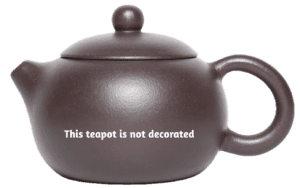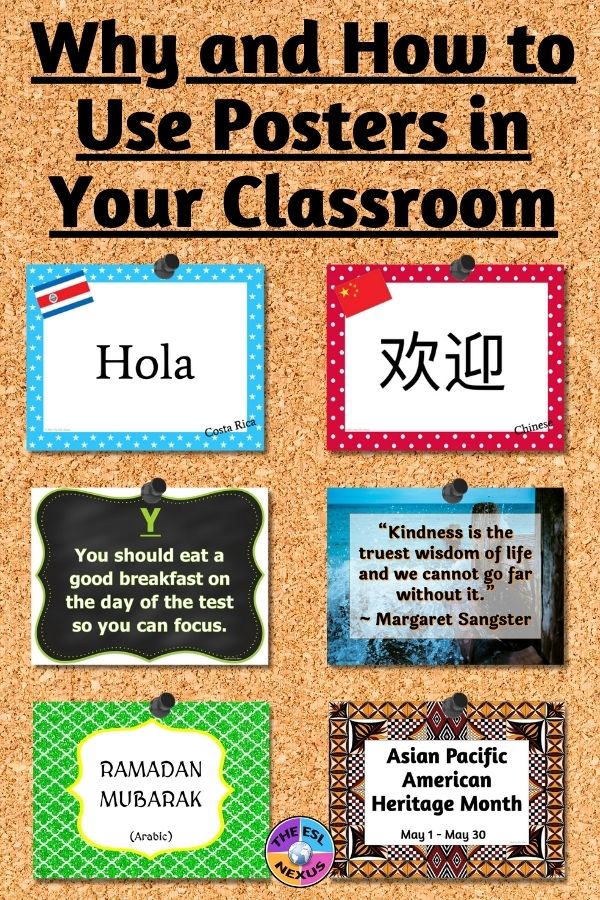(This post has been updated to show the dates of the holidays in 2025.)
January 1st is New Year’s Day throughout the world that uses the Christian Gregorian calendar. But many religions and cultures celebrate the New Year on other days. Below is a chart showing New Year celebrations for some other religions and cultures. Following the chart is a Chinese New Year Gift Guide, with items you can give to your students and buy for yourself to celebrate the holiday.
When the New Year is Celebrated Around the World

New Year celebrations in 2024; graphic created by: The ESL Nexus
Perhaps the most famous non-religious New Year holiday in the U.S. is Chinese New Year. In China, the holiday has been celebrated for thousands of years. Originally religious and lasting 15 days, it is now a secular holiday. Chinese communities around the world celebrate it as well, often with parades that include lion and dragon dances. When I first went to China, I arrived towards the end of Spring Festival, which culminates with the Lantern Festival. I was invited to the home of a family, with whom I became close, and got to see how the holiday was celebrated there.
Celebrating Chinese New Year in Your Classroom
After I returned to the U.S. and started teaching in a public school, I always made a point of doing something in my ESL Social Studies classes to celebrate Spring Festival, pointing out that that was what the Chinese people called the holiday. I’ve created this gift guide so you, too, can celebrate Chinese New Year with your students. Some of the items are for you to share with your students and some are for just for you.

10 items that help you celebrate Spring Festival; graphic created by: The ESL Nexus
(This post contains Amazon affiliate links. As an Amazon Associate I earn from qualifying purchases. That means that I make a small commission if you purchase any of the 9 products listed below but it’s at no additional cost to you. Thank you for your support!)
Click on the titles or images for more info and to purchase the items.
For Students
White Rabbit Candy

This was very popular when I was in China and I was happy to find it in the U.S. upon my return. It’s sort of like taffee; sometimes it’s chewy and sometimes it’s not but both types are good. I passed it out it to my students until my district said we couldn’t give food to students anymore.
Chopsticks

One year, when I taught Chinese language as an after-school activity, I brought in Chinese food from a local restaurant on the last day and showed students how to use chopsticks. We all had fun trying to eat with them! This product contains 100 pairs of bamboo chopsticks. I used to think disposable chopsticks were a waste but bamboo is a renewable resource so now I know it’s okay to use them.
Red Envelopes
Red envelopes with money inside are traditionally given to children for Spring Festival. Instead of money, you could write short notes to your students and put them inside one of the envelopes. Or you could have your students do a writing assignment: Depending on their grade and language proficiency, they could write a poem about Chinese New Year, or make a card for their family or a classmate, or draw a picture about Chinese New Year and put it inside the envelope.
Fortune Cookies

Even though fortune cookies were created in the U.S. — I never ate them in China — what would Chinese New Year be without them? This bag includes 50 cookies; although I haven’t personally eaten this particular brand, what I like about them is that they don’t have high fructose corn syrup in them. And the sayings are supposed to be appropriate for kids.
Chinese Take-Out Boxes

These boxes would make great gift bags! You can put the White Rabbit candy, chopsticks, fortune cookie, and red envelope containing a note to your students (if you’re doing that) all in one of these small boxes. Or put any other Chinese New Year related items in it and give them to your students. The boxes are 16 ounces in size and there are 15 of them in the package.
For Teachers
Room Decorations

Traditionally, people hang posters with Chinese couplets or pictures of Chinese gods on each side of their door for good luck in the new year. When I was traveling in southwest China on one of my vacations, I bought one poster and when I came home, I got it framed. Subsequently, I bought small posters that said “Xin Nian Kuai Le” (Happy New Year) and put them up in my classroom for Chinese New Year every year. These decorations will surely create a festive atmosphere in your room.
Jasmine Tea
Everywhere I went in China, I was offered jasmine tea. This is the brand I found in Chinese grocery stores in the U.S. and it’s delicious. Just put a teaspoonful in a cup and let it steep in hot water for a few minutes. The tin makes a pretty container, too, once you’ve finished all the tea.
Yixing Teapot
Yixing is a town in China near Shanghai famous for its “purple sand” teapots. One year, a friend and I went there. I bought several teapots in various shapes and colors. The reason Yixing teapots are famous is because, if you only brew the same kind of tea in the pot, after a long time, supposedly you no longer need to use tea leaves — you can just put boiling water in the pot and it will taste like the flavor of the tea that was used. Yixing teapots come in a wide range of prices; the most expensive can run hundreds of dollars, but this is much more reasonable for a teacher’s budget.
Tao Te Ching Book

TPT Bundle of China Resources
As they say in Mandarin: Xin Nian Kuai Le! (Happy New Year!). Whenever you celebrate the New Year, I wish you peace and good fortune!









